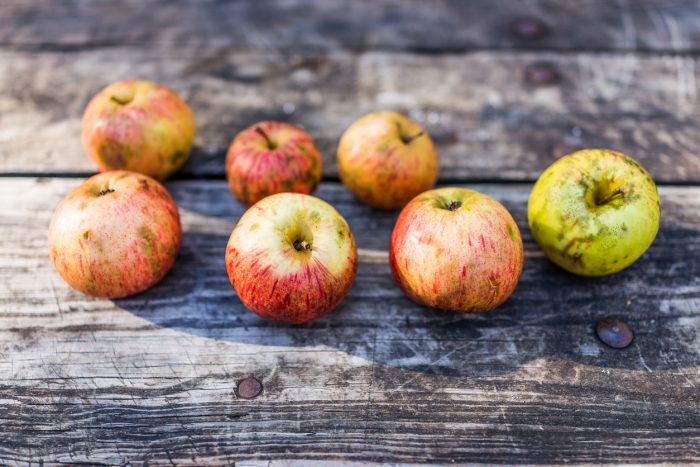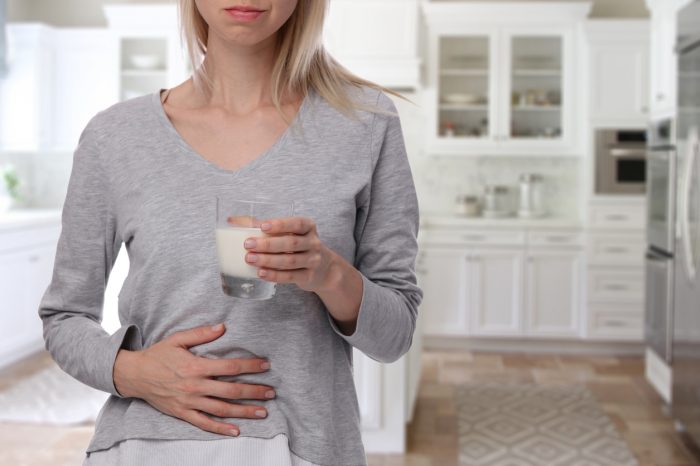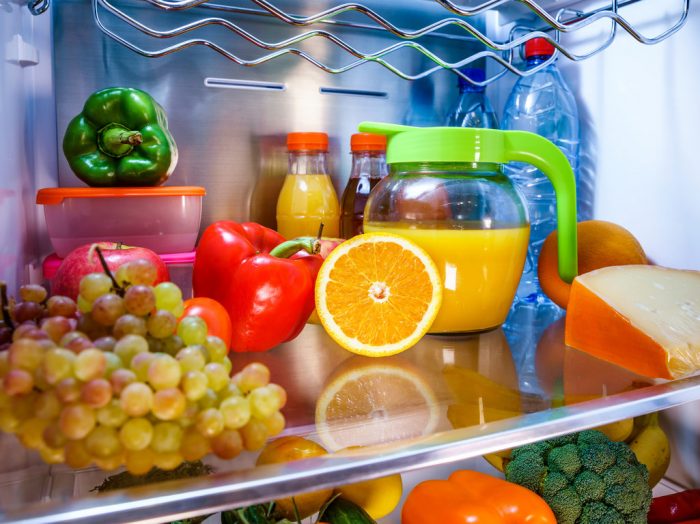Did you find a wilting veggie or fruit in the refrigerator and don’t want to throw it away and contribute to food waste? Does your milk have a strange odor? Not all of the items that seem a bit degraded are actually bad. Read below to find what food is safe to eat.
I am living a complicated lifestyle I think a lot of you are familiar with: the back and forth between my place and my partner’s place. It puts a remarkable strain on a lot of things, including clothing (sometimes I get to work dressed the same), but there’s also the strain on our fridges. It’s tough to buy a lot of food in advance because we don’t know where exactly we’ll spend the night. And regrettably, here’s always something that wilts or browns in the fridge. Not to mention sometimes there’s a bit of mold. So I started to think about what food is safe to eat!
Wilting and softening and browning are normal processes, they signal that the fruits and veggies are growing old. Food starts to decompose from the moment it’s harvested (if it’s overripe, it starts before that even). A lot of fruits and veggies are picked a little before full ripeness because they still go through a process of ripeness until they get to the produce aisle and are bought.
This happens because of natural enzymes in plants which are still active. It’s the reason why broccoli toughens, lettuce loses some of its water, corn and peas lose their sweetness, while fruit can become sweeter and then rot. Meats are degraded by bacteria found on their surface. Oxygen and warm temperatures tend to speed up the degradation. That’s why you should place them in sealed packaging and refrigerate!

Browning on fruits and veggies
This is a process that’s generally harmless. This means that you can eat items like apples, pears, bananas, and potatoes without any major danger coming to you. It helps if you keep them refrigerated – the cold temperature will temporarily stop the degradation process. If you slice them, you can bathe them in a mixture of honey and water or some lemon juice and water. This will slow down their oxidizing.
Wilting and wrinkling
Veggies which wrinkle, like bell peppers, tomatoes, and cucumbers, or greens which wilt are still good to eat. They’re just losing some of their moisture. You can still use them in cooking for instance, and everything will turn out fine. There are some tricks for keeping tomatoes fresh longer and also to make sure your apples are stored properly in your pantry.
If the lettuce leaves are exposed to too much oxygen or carbon dioxide, they tend to get brown stains and brown margins of the leaves. But all of these coloring changes are not symptoms of a disease. You can eat lettuce like that safely, but of course, if you have company, remove the browned parts from the salad leaves.

Bruising
Most people avoid bruised fruit and vegetables in the supermarket, but the bruising doesn’t pose a serious threat. It’s a result of items bumping into each other in transport. That doesn’t mean you should consume the bruised parts. It’s best to remove them because they are prone to bacterial activity. And then the fruit is definitely safe to eat.
A lot of people seem to never choose bruised fruit from the market, but this is one of the causes of food waste. After the fruits and veggies aren’t bought, they’re thrown out in the favor of more good-looking batches.
It’s sort of the same idea with rotted parts. Veggies rot when the bacteria attack their tissues. Remove the rot and you can safely consume the item you have in the fridge. But don’t confuse rot with molds and yeasts, which tend to affect fruit more than anything. Those should be avoided at all costs.

When the meat darkens
Air makes meat change its color after prolonged exposure. You know that healthy pink-red color tends to become more brownish. This process is normal and it doesn’t mean the meat is spoiled. A good test is touching it: if it’s slimy and sticky, then thrown it away and don’t look back. Also, use your nose again to figure out changes to the meats.
When milk turns sour
It depends on the milk if it’s still safe to eat or not. If it’s pasteurized, it will not make you sick. But it might not have the best taste and flavor in the world. Milk becomes more acidic when it ages. This same process actually keeps bacteria away from it, so it’s pretty safe. What I usually do is smell it and the nose knows if it’s curdled or not. If it is, I usually don’t pour it into my coffee. When I did that by accident, it wasn’t pleasant. Unpasteurized milk is not that safe because it has not gone through the pasteurization process which tends to kill the microbes.

Stale baked goods
Breads, chips, crackers, can get to have that stale taste, due to a change in the starches within. But that doesn’t mean they’re not good to eat anymore. You can just toss them in the oven a little, or toast the bread, which refreshes it.
Food that’s not safe to eat
When I researched this, I had no idea that potatoes which have turned a shade of green can contain toxins which don’t break down during cooking. So discard them without a second thought. Since we’re here, don’t touch the mold that tends to form on fruit. It tends to lead to illness and cooking doesn’t kill it. If your cooking oils and nuts have a rancid smell, it’s best to avoid them. Light, air, and moisture tend to lead to the rancidness, so keep your oils and nuts in cool, dry, dark places.






